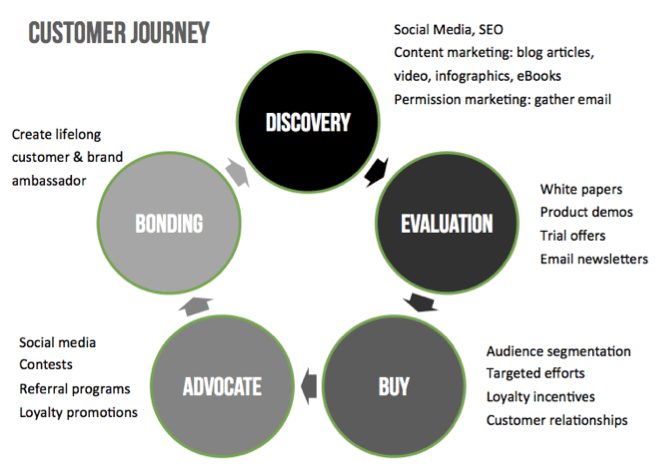Think about your customer’s lifecycle
As marketers, we are sometimes so busy pushing out our content and brand, we forget to see things from our potential customer's perspective. And of course, if we're going to be successful, we really need to get inside their heads and take a walk in their shoes. Here's a quick run down of that prospect's journey.
16 August, 2013


